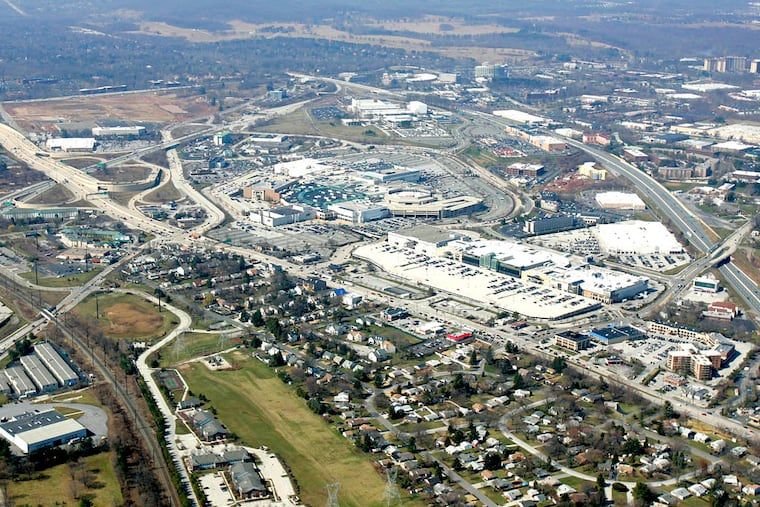Once ‘sleepy’ King of Prussia is booming with development
King of Prussia had been in a development slump since the late 1990s, further trampled by the Great Recession, and struggling to rebuild. In the near-decade since, a nonprofit has focused on turning the area around. And it's worked: Commercial and residential real estate prices are rising.
